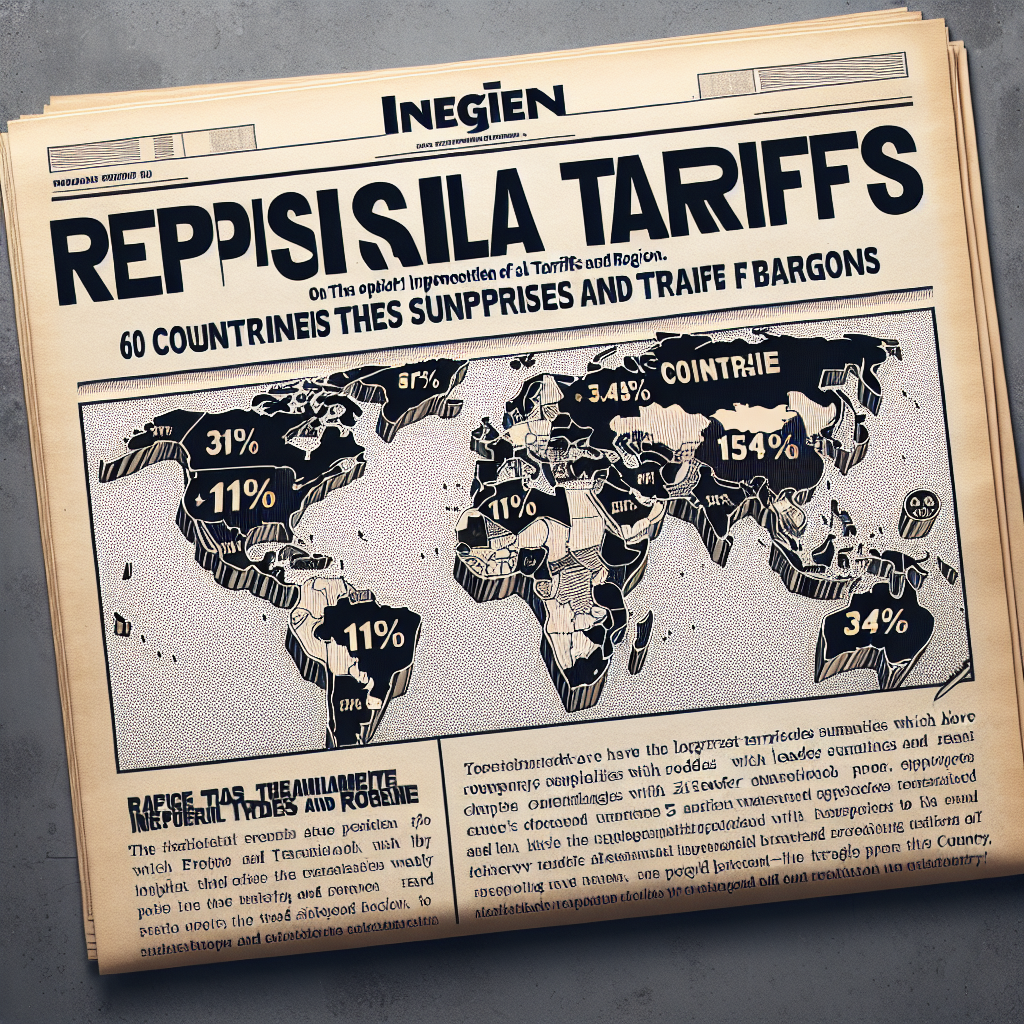This week, on Wednesday (April 9th), President Trump announced the implementation of reciprocal tariffs on 60 countries and regions, with rates ranging from 11% to 34%. The tariffs on 15 countries and regions with the largest trade surpluses with the United States and higher tariff and non-tariff barriers are higher. Whether tariffs will lead to price increases for food and daily necessities in supermarkets is a major concern for ordinary consumers.
American supermarkets sell fresh fruits and vegetables from around the world. Trump’s new round of tariff announcements has caused global market turmoil and will also affect agricultural products or various daily necessities in American supermarkets. The USA Today conducted an analysis on whether prices of certain key foods have increased due to tariffs.
The impact on fruit prices may be mixed. Some tropical varieties from Central and South America may be affected, while other fruits from Canada and Mexico are exempt from reciprocal tariffs.
According to data from the U.S. Department of Agriculture (USDA), in 2022, 51% of fresh fruits in the United States came from Mexico, and 2% came from Canada. Neither of these countries are on the list of countries targeted by reciprocal tariffs.
Other major sources of imported fruits include Guatemala, Costa Rica, and Peru. These three countries are on the list of reciprocal tariffs and are subject to a 10% tariff.
According to the University of Florida’s Institute of Food and Agricultural Sciences, Guatemala, Ecuador, Costa Rica, Colombia, and Honduras are the major banana exporting countries to the United States. The USDA states that Guatemala also exports melons, plantains, and papayas, while Costa Rica exports pineapples, avocados, and mangoes.
While some fruit prices may rise, avocados may not be affected.
According to Reuters, avocados are one of the Mexican food items that the United States can continue to import duty-free. Based on USDA data as of January 7th, 87.6% of fresh avocados imported into the United States are from Mexico.
According to USDA data, by 2022, approximately 69% of fresh vegetables in the United States come from Mexico, and 20% come from Canada.
“The United States imports fresh vegetables from over 125 different countries, but the majority come from Mexico and Canada,” the USDA said.
The USDA reports that between 1998 and 2020, the volume of fresh vegetable imports to the United States increased by nearly 200%, with fresh vegetable imports exceeding fresh vegetable exports by over $7.6 billion, more than twice the amount from a decade ago.
While vegetables from Mexico and Canada may not be affected by reciprocal tariffs, vegetable prices from other countries on the White House tariff chart, including Guatemala, Costa Rica, Peru, Ecuador, Chile, Honduras, Morocco, and China, may rise.
According to the National Oceanic and Atmospheric Administration, the vast majority of seafood consumed in the United States is imported, with around 85% reliance on imports. Therefore, several countries that supply fish and shellfish to the United States are among the most heavily impacted by tariffs, and seafood prices may rise in the future.
Based on USDA data, Chile, India, Indonesia, and Vietnam are the largest seafood import suppliers. These four countries are on the White House tariff chart, with Vietnam facing the highest tariff at 46%, followed by Chile (10%), India (26%), and Indonesia (32%).
According to Andy Harig, Vice President of Tax, Trade, Sustainability, and Policy Development at the Food Industry Association, “Around 70% to 80% of seafood supply in the United States is imported, a figure that the U.S. industry cannot afford. Therefore, you will see rising costs in the seafood sector.”
According to USDA data, the United States is the world’s largest importer of coffee. The agency states that approximately 80% of roasted coffee imported by the United States comes from Latin America, with over 60% from two countries—Brazil and Colombia.
Brazil and Colombia are both on the White House list, with a tariff rate of 10%.
The EU, especially Spain, Italy, and Greece, are the main sources of olive oil imports.
Some cheeses imported from the EU (especially Italy, France, Spain, and the Netherlands) may experience price hikes. Parmigiano Reggiano, Brie, and Gouda are some cheeses that may become more expensive.
Some grocery prices may not increase due to tariffs because they are domestically produced, including beef and rice.
Ninety percent of beef consumed by Americans is domestically produced, but tariffs may exacerbate some cost increases.

